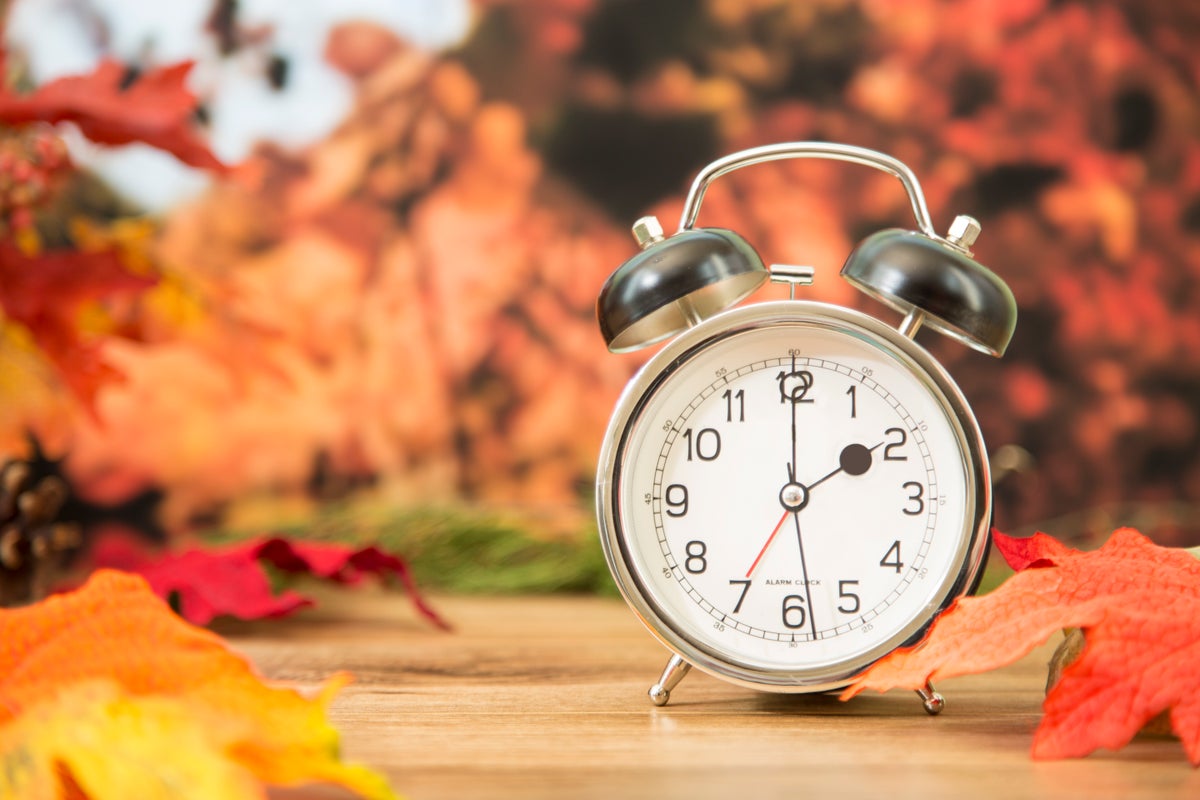
As temperatures grow colder, many US citizens will also see the hours of daylight lessen - due to the end of daylight saving time (DST).
Daylight saving time is the practice of setting the clock forward an hour, beginning on the second Sunday in March, so the light from the sun can be used for longer.
Once the seasons change and winter gets closer, the clocks are set backwards an hour - meaning most people in the US will get an extra hour of sleep.
When does daylight saving time end?
In the US, daylight saving time ends on the first Sunday of November, which this year will fall on 5 November.
On this day, the clocks are set backward by an hour at 2am - so the time becomes 1am for most US citizens.
Who follows daylight saving time?
In the United States, most states adhere to the rules of daylight saving time, with the exception of Arizona, the Navajo Indian Reservation, and Hawaii, according to the National Institutes of Standard and Technology (NIST).
The territories of American Samoa, Guam, the Northern Mariana Islands, Puerto Rico, and the US Virgin Islands also do not follow the practice.
Why do we follow daylight saving time?
The idea for daylight saving time was reportedly first proposed by Benjamin Franklin in 1784. However, it did not become uniformly implemented until 1966 when the Uniform Time Act was created, according to the US Department of Transportation.
Although there were previous periods where the US followed daylight saving - including during World War II when President Roosevelt instituted year-round daylight saving called “War Time” - the Uniform Time Act mandated that all states follow a time as decided under the four main time zones and follow DST, unless the entire state agreed to be exempt.
The Uniform Time Act also meant that all states would implement the time change at the same time.
In later years, the Department of Transportation hypothesised that daylight saving could positively impact violent crime rates, traffic safety, and energy conservation.
However, a subsequent report found that there were minimal changes when DST was implemented.
The daylight saving time the United States follows now wasn’t implemented until 2007 - when it was decided it would begin on the second Sunday of March and end on the first Sunday of November.
DST is now followed for 238 days of the year.
Do you have to manually switch your clocks?
Most clocks will update the time on their own. However, certain appliance clocks may require the time to be updated manually.
Some clocks may also have a DST on/off function that needs to be switched on to change the time.
Will we always move the clocks for DST?
In recent years, the practice of daylight saving time has become increasingly unpopular, with multiple states proposing bills to end the practice of switching clocks. In March 2022, the Senate passed The Sunshine Protection Act, which would make US daylight saving time permanent. However, the bill still requires approval by the House and President Joe Biden to become law.







